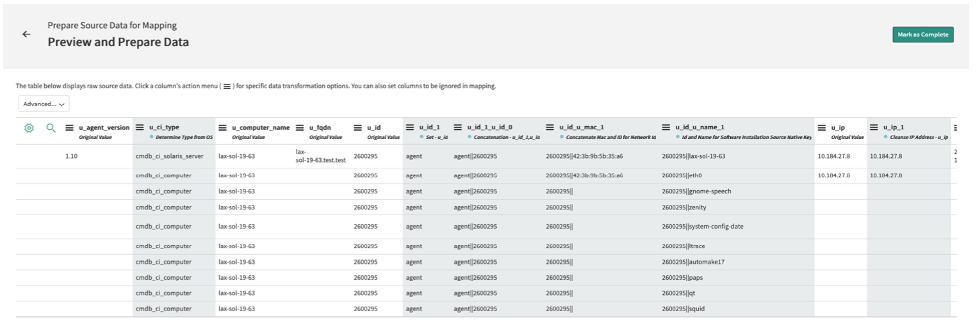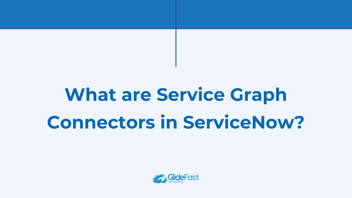Introducing IntegrationHub ETL in ServiceNow
By: Chris Tessier
| 2 minute read |ServiceNow introduced IntegrationHub ETL alongside Service Graph Connectors in the Paris release. IntegrationHub ETL is the framework in which Service Graph Connectors populate the CMDB with data. ServiceNow continues to adapt the platform with new features and capabilities that allow us to populate the CMDB, leveraging new approaches that utilize the native Integration and Reconciliation Engine (IRE).
The IntegrationHub ETL application enables customers to create and manage Extract, Transform, Load (ETL) transform maps, which integrate third-party data into the CMDB using the IRE. There is a simplified user interface that guides you through the integration process end-to-end, including the ability to perform a test run of sample data. You also have the ability to rollback transforms in case there is an issue with the defined mappings.
The importance of data accuracy and cleanliness cannot be overstated in ensuring trust of the CMDB within any organization. This is a particular area where many customers have struggled to create and maintain a healthy CMDB primarily due to untrusted, inaccurate, or duplicate data.
The IntegrationHub ETL framework will allow you to adopt new methods of populating the CMDB from third-party sources in a trusted, efficient manner. The below graphic depicts the architectural differences with traditional CMDB data imports and how IntegrationHub ETL has evolved.

How to Build an Integration with IntegrationHub ETL
Design your Mapping
As mentioned earlier, IntegrationHub ETL provides a guided setup that walks you through the completion of required tasks for creating an ETL transform map for your third-party integration.
The first step of the process is to provide the basic configuration details for the integration, such as CMDB Application, Name, and Data Source. There are several different methods in which Data Sources can be integrated with ServiceNow — some common methods are by File Import, JDBC connection, and REST integrations.

Preview and Prepare Data
After the data source configuration details have been performed, a data preview can take place. This allows you to review the sample data from the third-party source and begin to define the required transformations. This can be done by reviewing the values in the data columns of the sample data and identifying columns that may not align with the requirements of the intended target classes and attributes.

Edit CMDB Class and Attribute Mappings
After the data has been previewed, we can then map it to CMDB classes. IntegrationHub ETL allows you to map the data to multiple classes in a single import, unlike the limitations with traditional Import Sets and Transform Maps.

Once the classes and relationships have been mapped, we can perform individual field mappings for those classes. ServiceNow has provided many common transform methods to use in ETL without having to write your own complex data transformations. Common operations include concatenation, date conversions, regular expressions, split, and trim functions.

Review Output
Once all of the mappings have been created, we can then preview the sample integration results. If the results are satisfactory, then the integration can be activated and scheduled. If there are unexpected results, then you have the option of rolling back the test and updating the mappings before attempting another test load.

Interested in learning more about IntegrationHub ETL in ServiceNow? Reach out to our team. We would love to learn more about your ServiceNow challenges and help your organization build better solutions.



